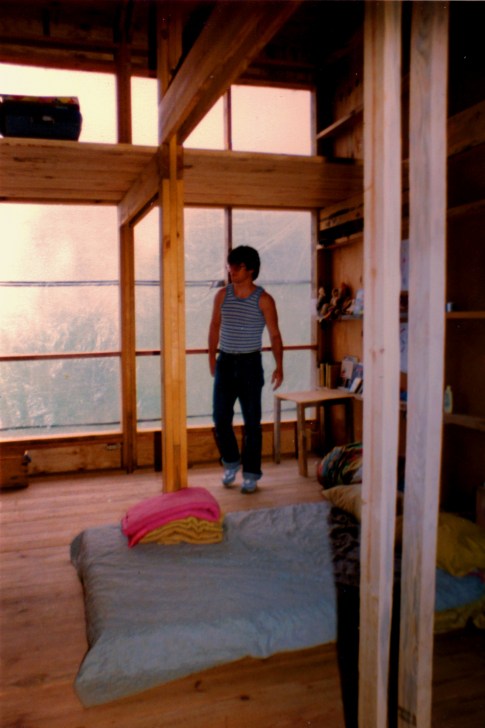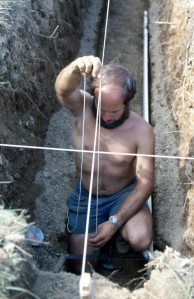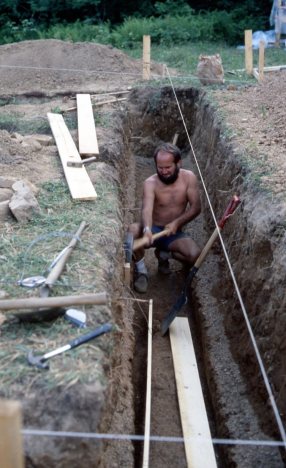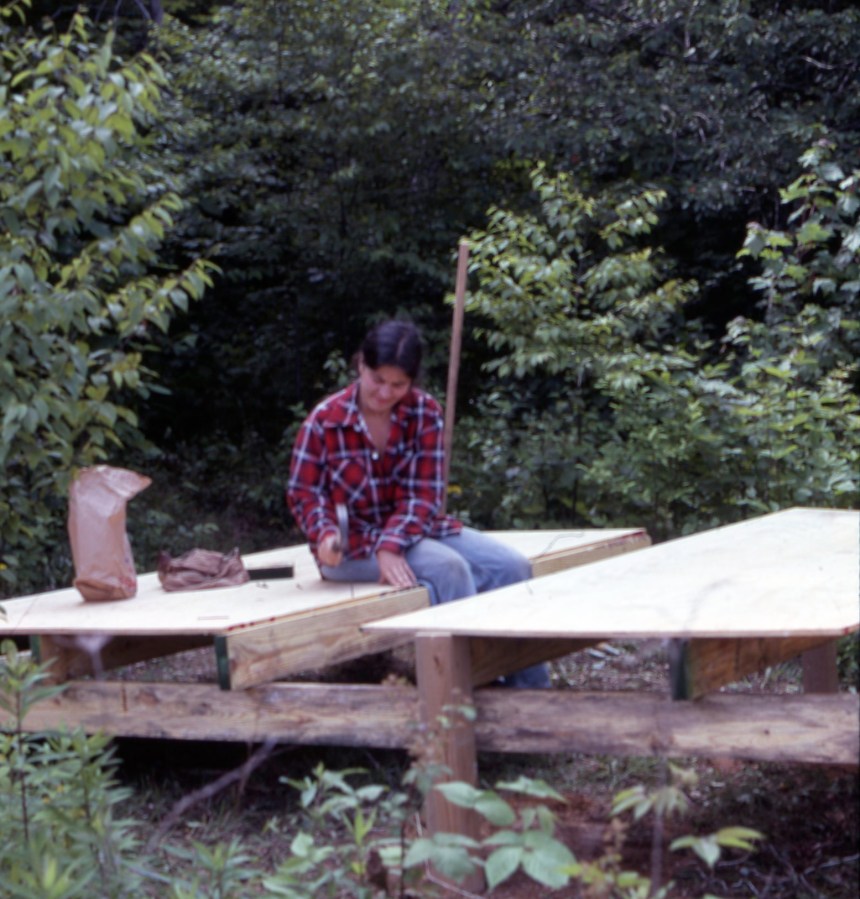THE LIST (in three parts)
When I announced my decision to retire from a thirty-five+ year career in public service a few years ago, I got lots of questions about my future plans. Curiosity about how I would spend my retirement was so boundless that I decided to make a list for my inquirers: One Hundred Things I Want to Do When I Retire. For the most part my plans were simple: ditch the makeup and hairspray, make baskets, wear pj’s all day, donate about ninety percent of my clothing to Goodwill, take the back roads. So many things. I dashed off my list in a flash.
Part I: “What Will You Do?”
The question I was asked most often almost always came with its own answer attached: “What will you do in retirement—travel?” Most everyone, it seemed, assumed I’d become a full-time tourist. Apparently, that’s what people expect of retirees. Indeed, it’s what lots of Silvers do. I know folks who, in between their many domestic treks, make two, three, or more overseas trips each year.
But travel, outside of more frequent visits to our children and their families, was not on my agenda. My interests were much closer to home. Rather, they were at home.
Simplicity. In a world that was claiming too much of me, simple was all I wanted. I looked forward to not having an alarm clock blare me awake before daylight, to going barefoot all day, to reading in the hammock. I wanted to take things a bit more slowly and to live more simply. All these things were on my list, too.
When a long-distance friend asked the inevitable question and I answered that I wanted to get back to the simple life we’d begun here so many years ago, I could hear her almost choking on her coffee as she spluttered, “I’ve heard about that life of yours, and it’s anything but simple!” She was right, of course. Hand building our house while we lived without running water, toilet facilities, kitchen appliances, or heat had been anything but simple, at least in the sense of being easy or even uncomplicated. But it was straightforward; it was a return to the basics. That’s what I meant.
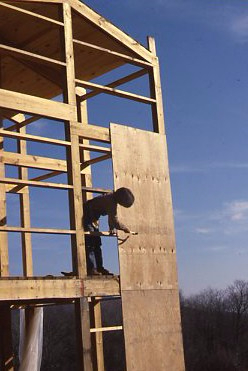
Building our house all by ourselves
I wanted to learn some of the old ways, to learn or relearn some fundamental life skills, to feel real. I wanted to live more intentionally, to lead a more conscious life, to be under the influence of nature, to tread lightly. I wanted to live more sustainably and move more towards self-reliance. I wanted to know, for instance, that if I lost power for six months, I’d be able to cope. I wanted to eat real food, food I grow and prepare myself rather than something that comes in a box.

A day’s garden haul
I wanted to live in the present. I wanted to unclench my jaws.
Simple? Maybe not. Basic? Real? Most definitely. Have I succeeded? Well, like most things, finding my way to a new lifestyle is a process. I think I’m well on my way and I feel more content every day.
Maybe it really is about traveling. Getting back to basics is a journey, after all.
(Stay tuned for Part II of The List next week.)











